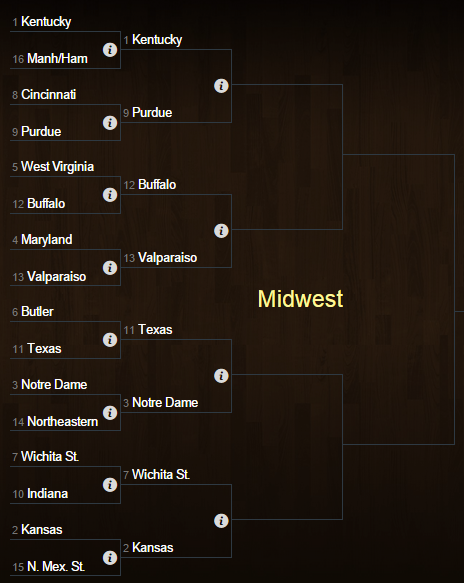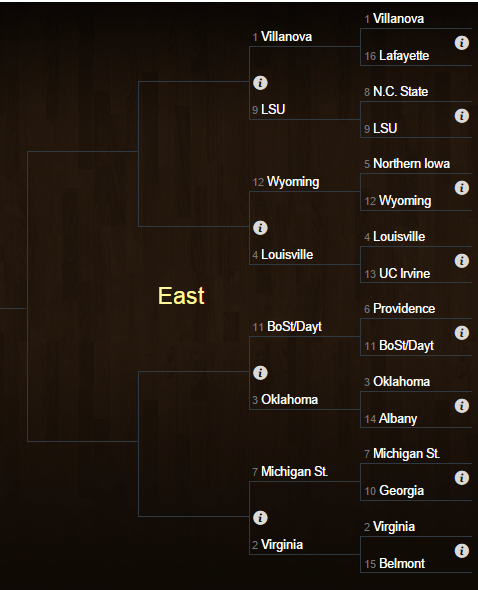Analytics is everywhere in the sports world. I’m not telling you anything new, and I don’t need to convince you, so I won’t. The tech world continues to create new ways to compile data on the field that range beyond statistics. Whether it’s video tracking (Major League Baseball Advanced Media’s StatCast) or wearables, a player’s speed, route and jump off the ball can be measured, compiled and analyzed.
Off the field, things are vastly different. As I wrote in December, the Milwaukee Bucks hired a facial coding expert to build an emotion metrics database in an attempt to quantify the previously unquantifiable – character, personality and chemistry. The Bucks are looking for an edge in the analytics race, a race which most teams have finally joined after sitting the past few years cautiously watching from the sidewalk. Will measuring intangibles be that edge in performance data analysis?
SportsBoard, a player assessment platform, and HUMANeX Ventures, which specializes in identifying and developing non-physical talent, are banking on it. The two partnerted in January to provide coaches the tools to recognize the best physical and non-physical talents of athletes and develop players to reach their true potential. They have many common clients in the Big Ten, Ivy League, PAC 12 and SEC. One client in particular, former UCLA softball head coach Sue Enquist, suggested the two companies marry tech and science to help her, and others, coach in a more efficient way. And so the relationship began.
The platform SportsBoard developed caters mainly to college coaches, however they also work with US Women’s Soccer and IMG Academy. Its streamlined assessment processes helps coaches identify and track high school recruits, analyze practices and games track results of various clinics or camps and create, distribute and montior strength and conditioning plans for its athletes.
Meanwhile, HUMANeX developed something called the Select7, which assesses a player’s intangibles (leadership, will to win, desire, mental toughness, etc.) and to what extent an athlete possesses those traits. Once an athlete takes the 60-question assessment, the results feed over that player’s SportsBoard portfolio, and a coach can review the athlete’s stats, notes scouts have scribbled, physical prowess and whether Timmy Football’s personality is best suited for his team.
“Until coaches embrace this, they’ll forever be drinking from a firehose,” said SportsBoard CEO Gregg Jacobs. Prior to developing SportsBoard, Jacobs worked in the enterprise software industry for 20 years and spent two years working at Price Waterhouse.
Of note, 60 percent of SportsBoard’s men’s college basketball clients made the NCAA Tournament. Small sample size alert — three schools, Ohio State, Georgia State and St. John’s participated in March Madness, with the two former teams winning their first-round games.
Brad Black, CEO of HUMANeX, said his company is researching athletes every day.
“Our goal is to create a relevant, impactful mirror with this assessment,” Black said. “We’re trying to give the world a pin number to their tool box. If you don’t know what’s in your tool box, how do you know what tools you can use?”
Clients include professional athletes, a Heisman trophy winner and Olympians. He said his database of assessments can be used to calibrate a current athlete, say a four-star high school recruit, against a former legend, and compare common traits. As a result, Black has identified several traits that the most successful athletes all have in common, which will be reviewed later.
Black graciously agreed to let me take the Select7. For a frame of reference, I started playing baseball when I was 9. I made all-star squads every year until high school, made varsity and then hit a wall. Part of it was because my peers caught up to my physically (I hit puberty in fifth grade). But I think a more damaging part was my mental toughness. Looking back, I didn’t deal with failure well. I wasn’t able to turn the page and ignore a hitless game with a throwing error. Ultimately, rather than work harder on my deficiencies, I just quit. So last week when I took the test, I tried to put myself in that 17-year-old baseball player’s mindset that I had. But I think some of my more mature thoughts snuck its way in to my results.
The assessment took about 20 minutes and included questions about character (keeping promises, doing the right thing type of stuff), goal setting, preparation, how I handled failure and how I was as a teammate. I figured my results would indicate how little mental toughness I had, scold me and prove that it was my downfall. But it didn’t. Rather, it highlights my seven strongest attributes. Some of these I found on the baseball field, but a lot are attributes that have carried over in to my personal and professional life.

Goal Orientation
This is an example of my more mature mindset bleeding over in to my results. If my 17-year-old baseball-playing self created plans to grow and ensured I met my desired outcomes, I at least wouldn’t have quit prior to my senior season, and would have maximized my physical abilities. Rather, goal orienting is something I’ve done more since college. And while it’s not written down for anyone to read, I have ideas of where I’ve wanted to be, put myself there, and where I want to go.
Passion
I fell in love with baseball when I was 8. Roy Hobbs was my first favorite baseball player, followed by Wally Joyner. I grew up an Angels fan, mainly because of all my Orange County friends in the third grade liked the Angels. It helped that Wally World took the region by storm and the Angels had a good team in 1986. I somehow was drafted in my first season, at 9, to play in the 10-12 year-old majors division – the one that competes on ESPN every August for the Little League World Series. I don’t think I put one ball in play during my try outs. But my coach saw a tall gangly kid with good hands, a decent arm and a project. My coach handed me my White Sox jersey with 9 as my number. “Just like in The Natural,” I told my dad. I was stoked.
Passion matters. Check out the difference between Russell Wilson and JaMarcus Russell and tell me it doesn’t.
Achiever
An achiever sets high expectations which pushes one towards excellence. I do have this. As most are, I’m my own worst critic. My problem was that 20 years ago, I kept it all inside. If I wasn’t achieving, I’d quit. I didn’t ask for help. I didn’t put in extra hours or figure out new ways to improve. I gave up. It’s hard to achieve if you don’t try.
Flexibility
This one is innate. It’s always been a part of my personality. Laid back. Chill. I roll with the punches. I might not like the change, and it might take me a bit to adapt, but I recongize the need to do so. Unfortunately, it makes figuring out dinner difficult with the Mrs. “I’m cool with whatever, babe.” An hour later and we’re still sitting on the couch in sweats.
Resilience
This is another attribute that’s developed as I’ve grown older. If I had this in high school, I would’ve achieved more. And really, it’s only developed out of necessity. In 2012 my 4-year-old son died following a drowning accident at a neighbor’s pool party. My wife has miscarried three times in two years. I’ve been kicked in the nuts, stepped on and tea-bagged by life for the last two-and-a-half years. Yet I still get out of bed every morning. I’m not living life through the bottom of a bottle as much as I wish I could. People have called me strong. I’m not. I just do what I have to do for my twin 4-year-olds and my wife. I have to keep getting up when life knocks me down. There are no other options.
Activator
This is the energizer. As you know, I’m laid back. However in the dugout, I became the person I needed to in order to help the team win. Does my pitcher need a boost? I’ll give it to him. Is my team playing tight and gripping? I’ll loosen the mood.
I help out with my kids’ tee-ball team. Before this weekend’s game, I was slapping helmets of 5-year-olds, nudging their shoulders and trying to pump them up to play. I’m pretty sure they thought I was just a creep.
Mastery
Russell Wilson and his Surface Pro come to mind on this one. An athlete with this trait has a strong learning orientation. He studies and becomes an expert in his sport. Not to pick on JaMarcus again, but I doubt Mastery scored highly in his Select7.
Black shared the common traits found in successful athletes. Competitive is the most obvious trait. Others include achiever, which Black says is more of a talented trait than competitor drive, since an achiever is always putting the pedal to the floor; passion, as an athlete is more likely to choose sacrificing for his love of the sport than focusing on parties or an awesome social life; and grit, which features a strong fortitude, resolve and courage. Black added other features that stand out to coaches, including mastery and coachability.
SportsBoard and HUMANeX hope their venture leads to providing clients with a complete picture of athletes, both physical and non-physical, with measurable data.
“Coaches don’t get the physical wrong,” Black said. “They just don’t know the non-physical.”


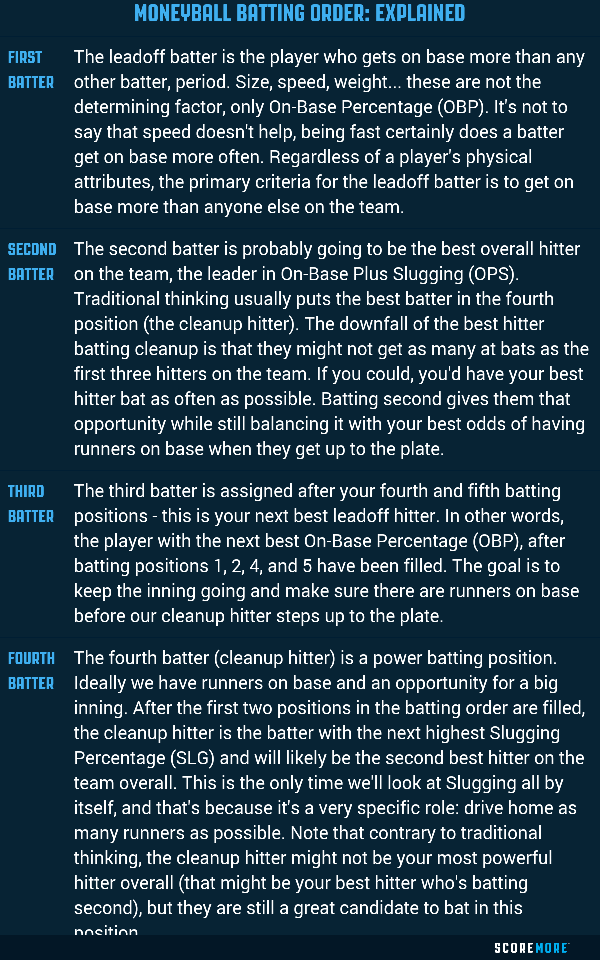
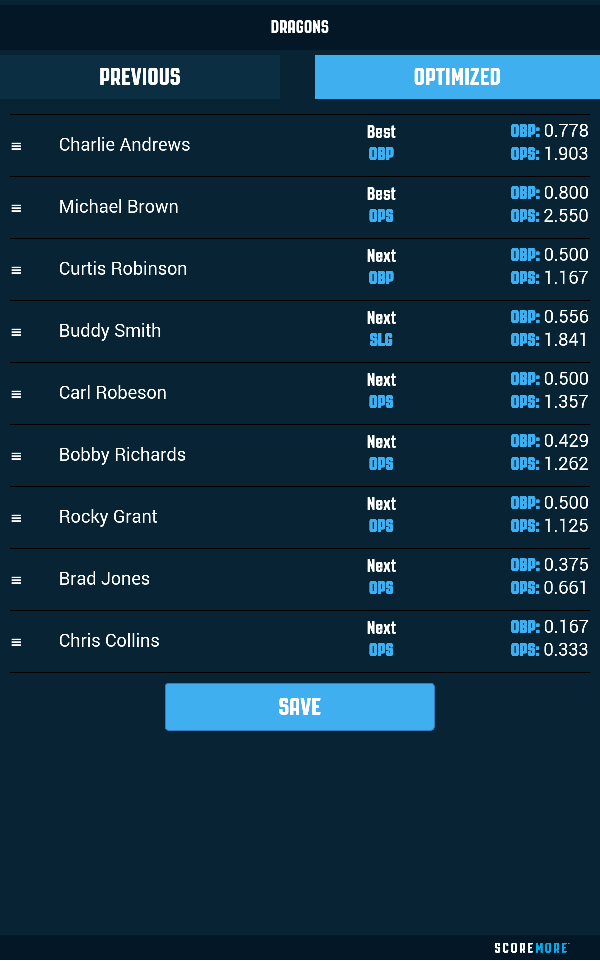


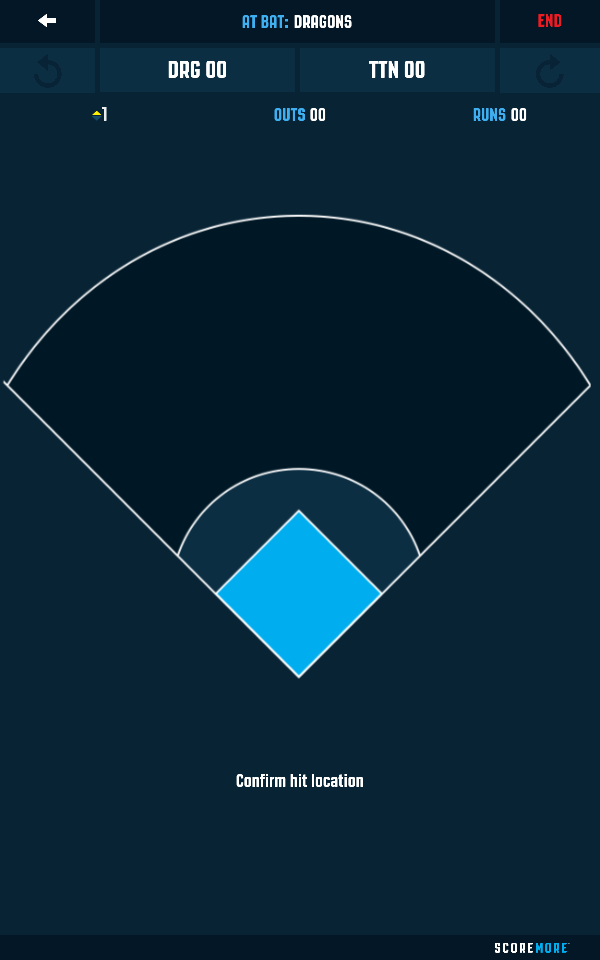

 Robert Morris couldn’tkeep pace with North Florida, getting doubled up on points in the first half. Though they won the second half, it wasn’t enough to overcome the early hole and UNF advances to the field of 64.
Robert Morris couldn’tkeep pace with North Florida, getting doubled up on points in the first half. Though they won the second half, it wasn’t enough to overcome the early hole and UNF advances to the field of 64.

